Coronavirus: How WHO planned and failed the COVID-19 pandemic
Early in 2018 a meeting of experts at WHO headquarters discussed the looming threat of ‘Disease X’. So how were we left so flat-footed by Covid-19?
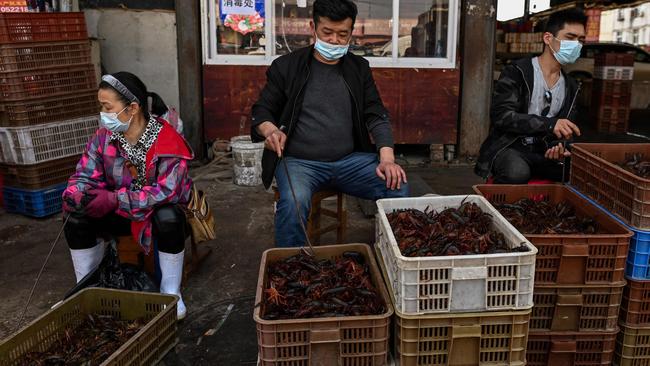
One morning in February 2018, a group of 30 microbiologists, zoologists and public-health experts from around the world met at the headquarters of the World Health Organisation in Geneva. The group had been established by the WHO in 2015 to create a priority list of dangerous viruses – specifically, those for which no vaccines or drugs were already in development. The consensus among those in the room was that as populations and global travel continued to grow, and development increasingly pushed into wild areas, it was almost inevitable that once-containable local outbreaks of diseases such as SARS or ebola could become global disasters.
“The meeting was in a big room, with all the tables arranged around the edge, facing each other,” one of the group’s members, Peter Daszak, recalls. “It was a very formal process. Each person was asked to present the case for including a particular disease on the list of top threats. And everything you said was being taken down, and checked factually, and recorded.”
Daszak, president of the US pandemic prevention group EcoHealth Alliance and chairman of the Forum on Microbial Threats at the National Academies of Sciences, Engineering and Medicine, had been given the task of presenting on SARS, a coronavirus that killed roughly 800 people after it emerged in 2002. “We’d done a lot of research on coronaviruses, so we knew they were a clear and present danger,’’ he tells me. “High mortality, no drugs or vaccines in the pipeline, with new variants that could still be emerging.’’
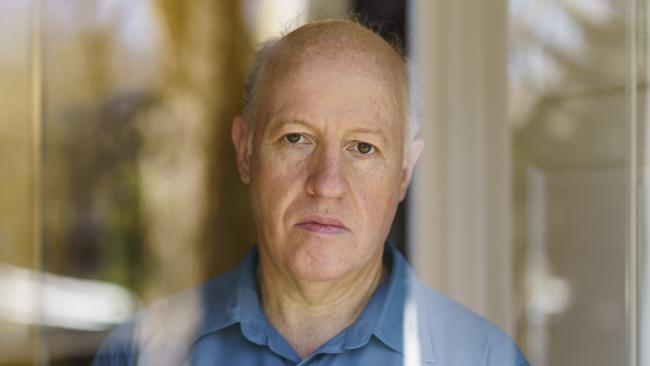
The discussion was intense. “Everyone else in the room knew the facts already, they’d read all the research,’’ Daszak says. But for each pathogen, the speaker had to convince the room that it presented a significant threat – “that this disease really could take off, and that we should concentrate on it rather than on Lassa fever or something else. So, you argue the case, then people vote. And sometimes it gets quite heated. I remember that monkey pox was an issue, because there are outbreaks but there’s really nothing we can do about them. It was a really rigorous, really excellent debate and then afterwards, we went and had fondue.’’
The final list, which did contain SARS and MERS, along with seven other respiratory, hemorrhagic or otherwise lethal viruses, also included something the WHO dubbed “Disease X” – a stand-in for all the unknown pathogens, or devastating variations on existing pathogens, that had yet to emerge. Daszak describes Covid-19 – the disease caused by the virus SARS-CoV-2, responsible for the current pandemic gripping the world – as exactly the kind of threat that Disease X was meant to represent: a novel, highly infectious coronavirus, with a high mortality rate and no existing treatment or prevention. “The problem isn’t that prevention was impossible,” Daszak tells me. “It was very possible. But we didn’t do it. Governments thought it was too expensive. Pharmaceutical companies operate for profit. And the WHO, for the most part, had neither the funding nor the power to enforce the large-scale global collaboration necessary to combat it.”
As Covid-19 has spread around the world, overwhelming hospitals and even mortuaries, there has been widespread dismay over how we could have been caught so flat-footed by a virus. Given all the shining advances of high-tech medicine – computer-controlled surgery, unprecedented immunotherapies, artificial-intelligence programs for assessing heart-disease risk – this failure feels utterly baffling. How could the entire world remain so powerless? More important, what could be done differently next time?
According to some infectious-disease experts, the scientific tools already exist to create a kind of viral-defence department, one that would allow us to pursue a broad range of vital global projects, from developing vaccines and drugs that work against a wide range of pathogens to monitoring disease hot spots and identifying high-risk viruses, both known and unknown. “We really did miss the wake-up call,’’ Daszak says. “The alarm went off with SARS, and we hit the snooze button. And then we hit it again with ebola, with MERS, with Zika. Now that we’re awake, we should think about where to go from here.”
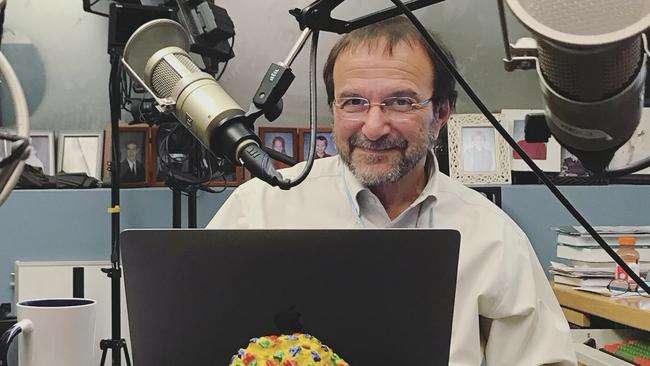
In late March, Vincent Racaniello, host of the podcast This Week in Virology and a professor at Columbia University, conducted an interview with Mark Denison, a paediatric infectious disease expert who teaches at Vanderbilt University Medical Centre in Tennessee. Denison led a team that developed one of the most promising current treatments for Covid-19: the drug remdesivir, currently being tested by the pharmaceutical company Gilead Sciences.
On the show, Denison noted that because it is almost impossible to predict which virus might cause the next pandemic, researchers had long argued that it was essential to design panviral drugs and vaccines that would be effective against a wide range of strains: all types of influenza, for instance, or a substantial group of coronaviruses rather than just one. When his lab was first applying for a grant to study remdesivir, Denison recalled, that was already the goal. “We don’t want to work with a compound unless it inhibits every coronavirus we test,” Denison said. “Because we’re worried about MERS, we’re worried about SARS-1, but they’re not really our problem. The future is the problem.’’
Panviral drugs – ones that work broadly within or across virus families – are harder to make than broad-spectrum antibiotics, largely because viruses work by hijacking the machinery of our cells, harnessing their key functions in order to replicate. A drug that blocks one of those functions (eg, the production of a particular protein) is often also disrupting something that our own cells need to survive. Researchers have begun to find ways around that problem, in part by refining which process a drug targets. But they’ve also begun to test existing drugs against a wider array of viruses. It was in just such a follow-up test that Gilead discovered that remdesivir, originally developed to treat hepatitis C and later tried against ebola, might be effective against coronaviruses. (Favipiravir, an influenza drug developed in Japan, is another broad-spectrum candidate.) The reason drugs sometimes work in very different diseases – in, say, ebola and coronaviruses and flu – is that they block some common mechanism. “It’s definitely possible to make a drug that would work across a good range of coronaviruses,’’ Racaniello says. “We honestly should have had one long ago, since SARS in 2003. It would have taken care of this outbreak in China before it got out. And the only reason we didn’t is because there wasn’t enough financial backing.’’
For years, Racaniello notes, the real obstacle to making panviral drugs or vaccines has been that no one was willing to pay for their development. For pharmaceutical companies, panviral vaccines are simply a terrible business proposition: companies would have to spend hundreds of millions of dollars to develop a shot that people would get once a year at most, and not at all in years when no particular disease is ascendant.
Panviral drug treatments are unprofitable for similar reasons. For one, the course of treatment is short, usually just a few weeks. (One person noted that Gilead’s stock price actually dropped after the company produced a revolutionary hepatitis C drug; because the treatment completely cured patients, the market for it started to shrink, undermining the company’s bottom line.)
The other problem is that there’s currently no way to quickly test for most viruses. As a result, Racaniello says, it’s a chicken-and-egg situation: “No one is developing drugs for these viruses because there’s no way to test for them. And no one is developing tests, because there aren’t any drugs to prescribe.”
Governments, meanwhile, have been reluctant to fund panviral development because it’s expensive and because the rewards can feel remote, especially as many diseases originate in other countries. “We don’t prevent well; we respond well,’’ Daszak notes. “Remember when Obama got $5 billion for the ebola outbreak in West Africa, and US troops went to help fix the problem? That’s heroic. How heroic is it, three years before ebola, to say, ‘We’re going to fund a massive program in West Africa to help these poor countries get ready in case an outbreak happens?’ He’d be laughed out of the room!’’
Global non-profits such as the Bill & Melinda Gates Foundation have tried to step into this funding void. And the Coalition for Epidemic Preparedness Innovations (CEPI), an NGO, was founded in 2017 to co-ordinate and finance the development of new vaccines for diseases that might lead to a pandemic. It works by identifying the most promising research, and then connecting it to industry and government resources, in order to bring multiple sets of candidate vaccines through initial clinical trials. The goal is to create a stockpile of potential treatments for known coronaviruses, hemorrhagic fevers and other global threats that could quickly go into production in the event of an epidemic. The group also funds technologies aimed at Disease X (the potentially pandemic viruses that we have yet to discover) with the goal of faster vaccine development should a new threat emerge. As Jake Glanville, whose company, Distributed Bio, received a grant from the Gates Foundation to create a universal flu vaccine, told me, “This is how we win the forever war, and not just battles against these pathogens.”
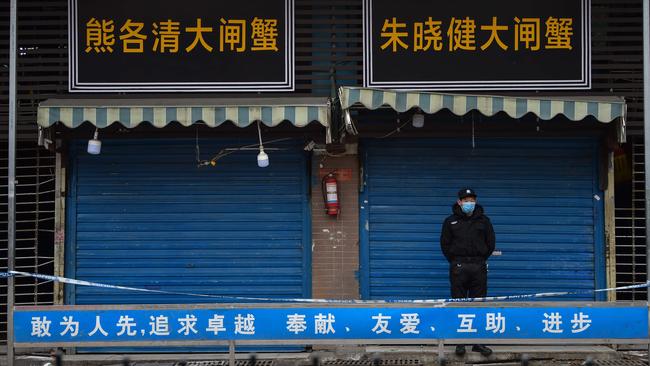
Despite these efforts, there is still one overarching problem: how little is known about the planet’s viral threats. Viruses make up roughly two-thirds of all newly discovered human pathogens, far more than either bacteria or fungi. Over the course of human evolution, we’ve been exposed to so many that about 8 per cent of the human genome is made up of retroviral DNA sequences that have inserted themselves into the gene pool, often to our benefit. (An ancient virus is thought to be responsible for the development of the human placenta, for example.)
Perversely, viruses get no advantage from making people seriously ill; it’s simply a byproduct of the encounter. Over the years, or sometimes centuries, viruses and hosts usually reach an accommodation; they coexist. Typically, the most dangerous viruses are those that have jumped into humans from other species, as happened with Covid-19. That’s partly because the disease is new, so our immune system hasn’t had a chance to create antibodies. But it’s also because an unfamiliar virus is more likely to throw our immune system into overdrive, potentially fatally.
For anyone hoping to identify where the next pandemic is coming from, the difficulty is that there are literally millions of viruses to analyse. One paper recently estimated that there were 1.6 million potentially zoonotic viruses, of which fewer than 1 per cent have even been identified.
Hoping to get a more accurate estimate of which viruses could be a threat, Daszak recently travelled to rural Yunnan province in China and took blood samples from people who live there, looking for antibodies that would show how often they had been exposed to bat coronaviruses. (Detectable antibodies typically last two to three years after an infection.) “This was bat coronaviruses alone, not all the other stuff that’s out there,” Daszak said. “And we found that 3 per cent of the population had been exposed, which tells me that these things are spilling over at an incredible rate, as part of everyday business in rural China.”
Which means, Daszak says, that between one million and seven million people a year in South-East Asia pick up bat coronaviruses. “For most of them, it probably doesn’t even cause illness. There may have been some little outbreaks that never got noticed, or cases where people even die, and it gets put down to influenza or something.” He pauses. “But that is a huge level of spillover. It’s not difficult to imagine one of those infections mutating a bit and becoming Covid-19.”
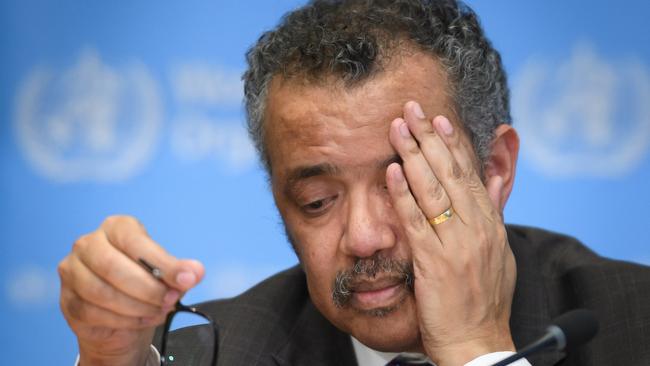
Policing points of potential spillover is challenging, and the effort needed to rigorously track and test wildlife even more so. As Racaniello observes, “We’ve known since SARS that bats harbour dangerous coronaviruses. So bats are an obvious place to look. But even then it’s not easy to do. You have to crawl into a bat cave, you have to catch them somehow. It’s tedious, costly work.”
One challenge for pandemic hunters is understanding which animals are most likely to be the source of viruses. Bats are the original carriers for many zoonotic viruses (one study found that bats in China harbour more than 500 different coronaviruses, as well as paramyxoviruses, influenza and hemorrhagic viruses like ebola), but they rarely pass those diseases to humans directly. More often, Daszak explains, bats infect another animal, which then infects us. Racaniello points to the Hendra virus outbreak in Australia in the 1990s that was caused when bats began frequenting a racehorse stable, infecting the horses, which then passed the disease on to human trainers. In Malaysia, Nipah virus emerged from pigs, on farms in an area that harboured fruit bats. In the Middle East, the MERS coronavirus is thought to have passed from bats to camels, which at some point started passing it on to people.
“Before that outbreak, it wouldn’t have occurred to anyone to look in camels for a pandemic virus,’’ Racaniello says. “The same is true for a lot of things. For instance, we knew that bats carried SARS-like coronaviruses, but it was only when they started looking for the cause of the first SARS outbreak that they found it had jumped from bats to civet cats, which is how we got it. But as to all the other animals in the world, we pretty much have no idea! So, I think you just need to cast a very wide net.”
To do that, Daszak has helped found an ambitious venture called the Global Virome Project, which seeks to identify 70 per cent of the estimated 1.6 million potentially zoonotic viruses over 10 years at a cost of $1.2 billion. “We found the closest relative to the current SARS-CoV-2 in a bat in China in 2013. We sequenced a bit of the genome, and then it went in the freezer; because it didn’t look like SARS, we thought it was at a lower risk of emerging. With the Global Virome Project, we could have sequenced the whole genome, discovered that it binds to human cells and upgraded the risk. And maybe then when we were designing vaccines for SARS, those could have targeted this one too, and we would have had something in the freezer ready to go if it emerged.”
Another risk factor is simply how likely we are to come into contact with a particular animal, from activities that include logging, the wildlife trade and farming. (Measles is thought to have arisen out of the domestication of cattle, while pigs and chickens carry swine flu and bird flu.)
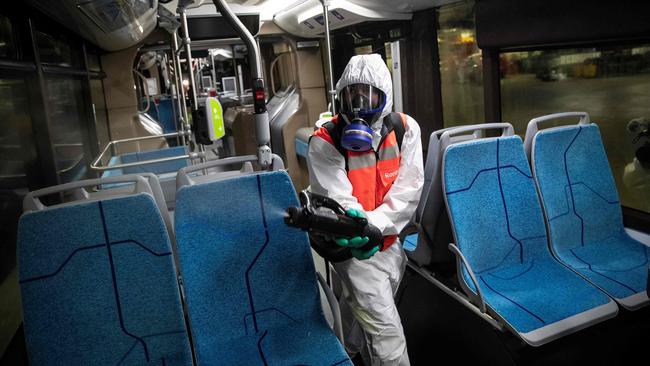
In the wake of the Covid-19 pandemic, more systems of global co-operation and investment have started to emerge. In late March, the Bill & Melinda Gates Foundation set up a Covid-19 Therapeutics Accelerator to screen a vast number of existing drugs and compounds that hadn’t made it to market, in order to test whether they might work on the current pandemic.
The willingness to share proprietary compounds is “pretty unprecedented”, says Gates Foundation CEO Mark Suzman. And after the current crisis has passed, that same collection could be screened for more ambitious projects such as a broad-spectrum anti-coronavirus drug. Monalisa Chatterji, a microbiologist who is part of the foundation’s drug-discovery arm, agrees. “The conversation has started for future pandemics,” she says. “Should there be a standing shared library of unused drugs that research labs can test? Should similar things be done around diagnostics? Should there at least be an agreement where every company has already agreed to provide access to its library in a pandemic situation? That sounds small, but it’s these small things that eat up time when it matters.”
The big question, according to nearly everyone I speak with, is whether this political and financial will can last. Racaniello and Daszak both remember being sure that after SARS and ebola, pandemic prevention would be a priority; instead, each outbreak was quickly forgotten. “We don’t think twice about the cost of protecting against terrorism,” Daszak says. “We go out there, we listen to the whispers, we send out the drones, we have a whole array of approaches. We need to start thinking about pandemics the same way.”
Originally published in New York Times Magazine





To join the conversation, please log in. Don't have an account? Register
Join the conversation, you are commenting as Logout